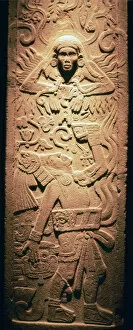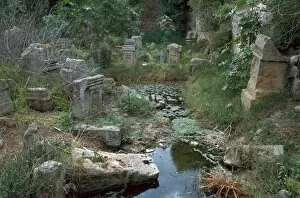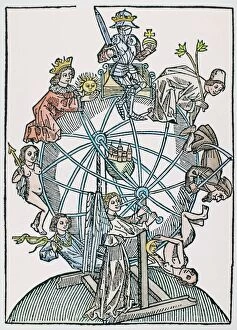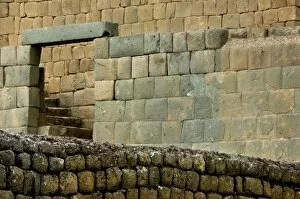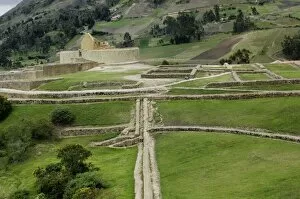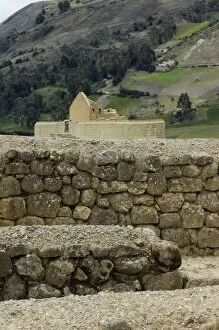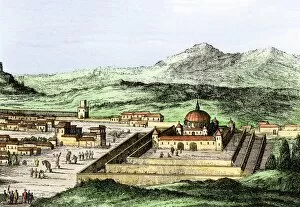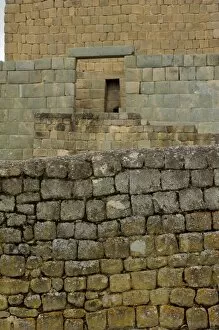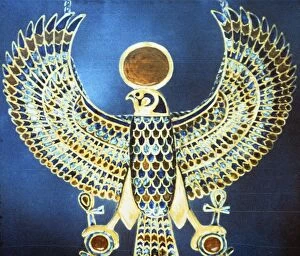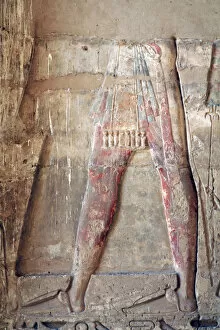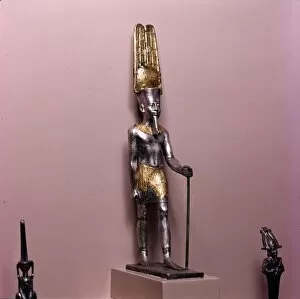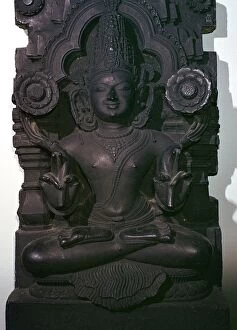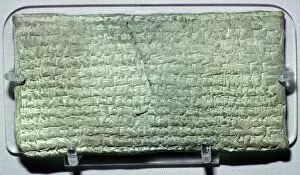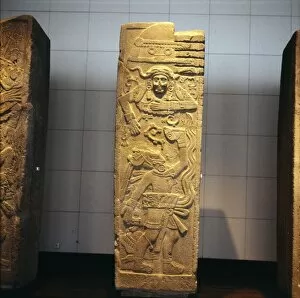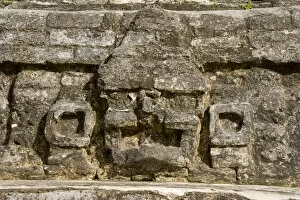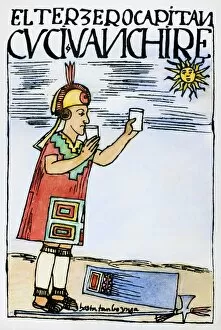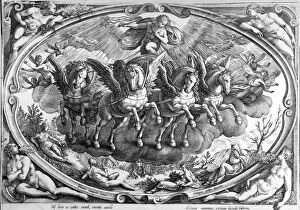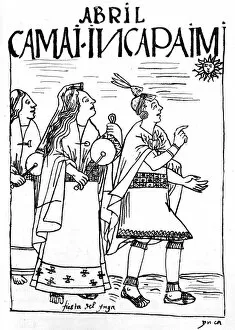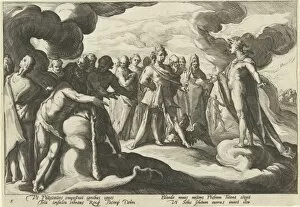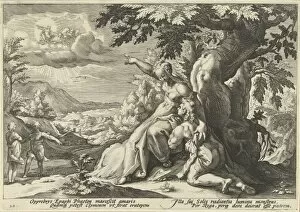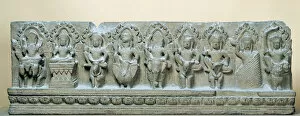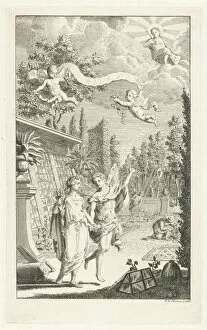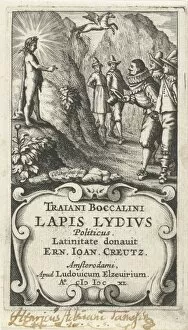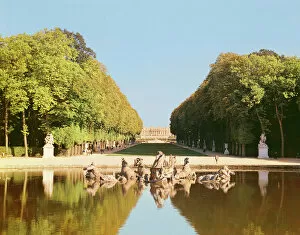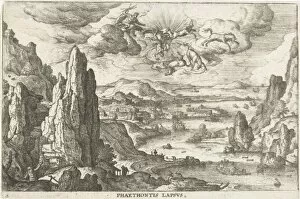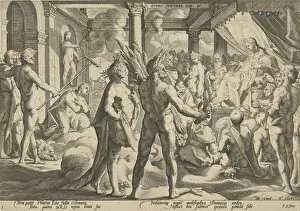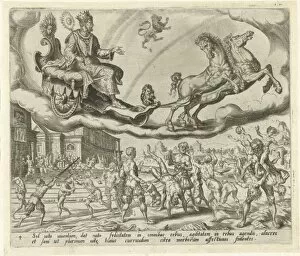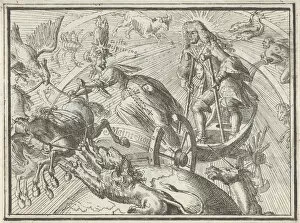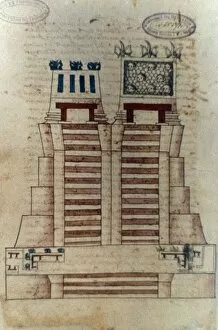Sun God Collection (#6)
"Sun-God: A Journey Through Ancient Civilizations" Step back in time and explore the captivating world of sun gods
For sale as Licensed Images
Choose your image, Select your licence and Download the media
"Sun-God: A Journey Through Ancient Civilizations" Step back in time and explore the captivating world of sun gods, where ancient civilizations revered these celestial beings as symbols of power, creation, and divine intervention. From the mighty Sun-god Ra embarking on his daily journey across ancient Egypt's skies to Inca king Huayna Capac honoring Inti, their radiant deity, the worship of sun gods spanned continents and cultures. In awe-inspiring statues like the Colossus of Rhodes, a colossal tribute to Helios that stood tall among wonders of the ancient world, we witness mankind's reverence for these celestial figures. Egyptian creation myths depict sun gods as creators of life itself while Aztecs performed ritual sacrifices to appease their powerful sun god during times of great need. The Roman Sun-God Sol graces us with his presence in intricate reliefs at Pergamon Museum, showcasing his majestic chariot ride through the heavens. Apollo emerges as a prominent figure in Greek mythology - from depictions such as him standing proudly on a socle or seated with a lyre - symbolizing music, poetry, and enlightenment. Mesopotamian stone stelas commemorate moments when civilization acknowledged their own solar deities' influence on earthly affairs. Melchior Meier's artwork brings forth Apollo's role in fateful encounters like "Apollo and Marsyas, " highlighting both beauty and tragedy within mythological tales. Marvel at Marcantonio Raimondi's masterpieces capturing Apollo surrounded by muses and poets atop Mount Parnassus or gently guiding Hyacinthus with Cupid by his side. These artworks immortalize not only Apollo but also humanity's eternal fascination with light-bringing deities who inspire creativity and ignite passion within our souls. Join us on this enlightening journey through time as we delve into diverse cultures' devotion to sun gods – an exploration that reveals how these celestial entities shaped beliefs systems, artistic expressions, and the very fabric of ancient civilizations.


